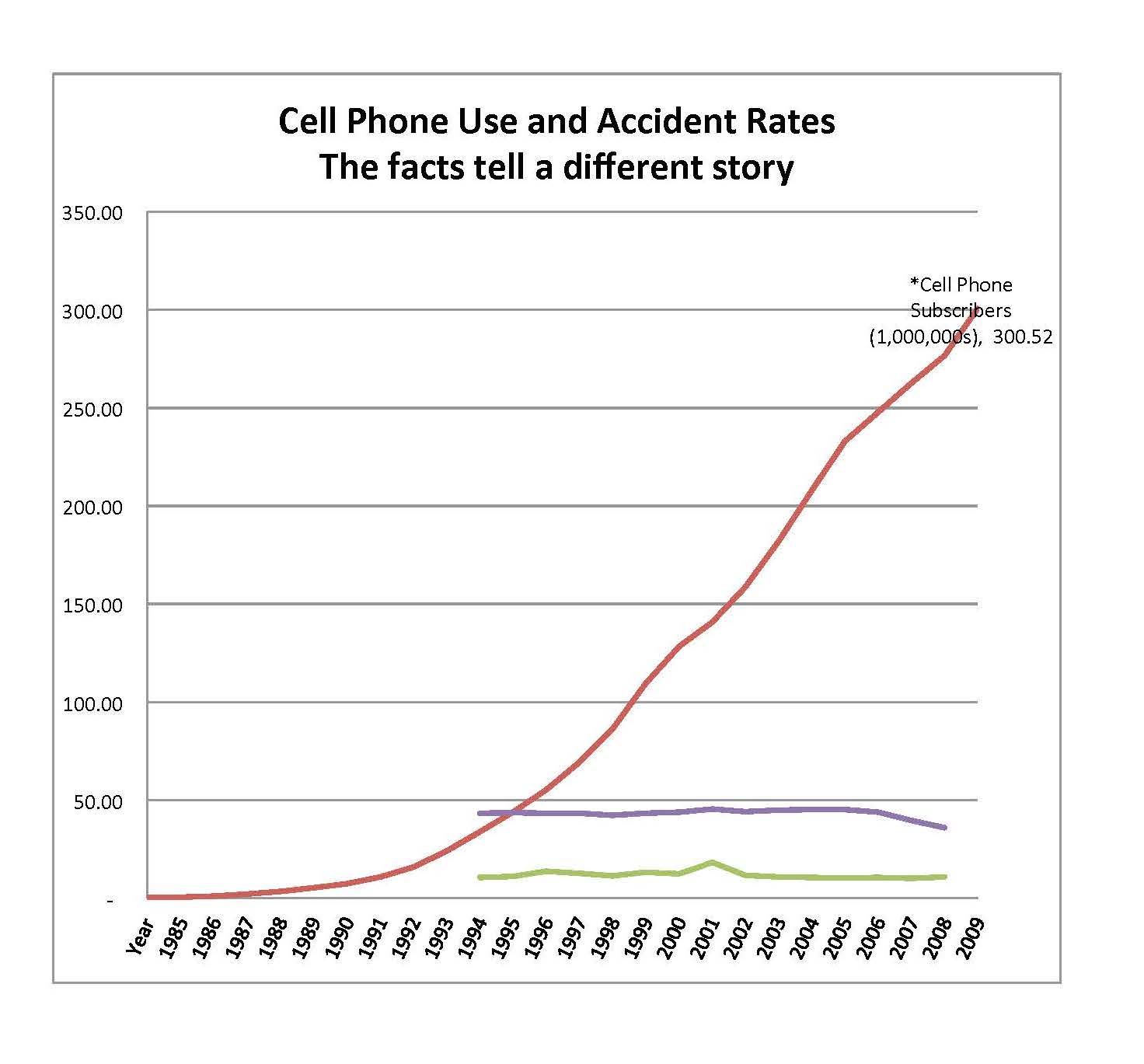Forget Phones Or Fast Food, More Drivers Cause Their Own Distractions In Crashes
Source: Forbes
By: Jim Gorzelany
Talk about being your own worst enemy. Becoming “lost in thought” is actually far more dangerous than talking on the phone or texting while behind the wheel, with 62 percent of all distracted driving-related traffic fatalities caused by simple daydreaming.
NHTSA statistics show that 10 percent of the more than 65,000 crash-related fatalities recorded during that period were caused by at least one of the drivers involved being distracted. The most vilified enabler in this regard – cell phone talking and texting – actually came in a distant second at 12 percent of all fatalities caused by unfocused motorists.
“Distracted driving is any activity that takes your eyes off the road, your hands off the wheel, or your mind off your primary task of driving safely,” says Doug Smith, Erie’s senior vice president of personal lines at Erie Insurance. “We looked at what law enforcement officers across the country reported when they filled out reports on fatal crashes and the results were disturbing.”
They’re especially disconcerting in that, unlike operating a cell phone or smoking while driving, most of the disruptions reported as being the underlying causes of fatal car wrecks are beyond regulation. It’s not likely that even the most dystopian society imaginable would ever come to ban talking to other occupants or listening to music while driving.
Of course, as in any such analysis the numbers can be skewed because of the reluctance of some people to report or to underestimate distracted-driving behavior, especially to law enforcement officials investigating a crash. Still, it’s a stern reminder for all of us to realize the seriousness of the consequences of what might happen whenever any of us takes to the road.
Sure, we need to switch off the phone and lay off the Big Macs while driving, but we also need to keep our attention tightly focused like a Formula One driver careening around a racecourse at 150 miles per hour. If you need to yell at the kids acting up in the back seat, pull over. If a bee is buzzing your bonnet, open a window. And always adjust the seat and mirrors, fasten your seat belt, tune the radio in to your favorite station and enter a navigation destination before you shift the transmission into drive.
Here’s the full top-ten list of the deadliest driver distractions:
- Generally distracted or “lost in thought” (daydreaming): 62%
- Cell phone use (talking, listening, dialing, texting): 12%
- Paying attention to an outside person, object or event: 7%
- Interacting with other occupants: 5%
- Using or reaching for a device in the vehicle, such as a portable GPS system or headphones: 2%
- Eating or drinking: 2%
- Adjusting audio or climate controls: 2%
- Operating other in-vehicle device, such as adjusting the rear view mirrors, seats, or using OEM navigation system: 1%
- Moving object in vehicle, such as an insect or unrestrained pet: 1%
- Smoking-related (smoking, lighting up, putting ashes in ashtray): 1%
Study: Cell phone bans don’t reduce accidents

(CNN) — A new study suggests laws banning the use of hand-held devices while driving have not reduced the rate of accidents in three states and the District of Columbia.
In addition to the nation’s capital, the report by the Highway Loss Data Institute reviews insurance claims in New York, Connecticut and California. It also compares the data to other areas that do not have cell phone bans.
“The laws aren’t reducing crashes, even though we know that such laws have reduced hand-held phone use, and several studies have established that phoning while driving increases crash risk,” said Adrian Lund, president of the Highway Loss Data Institute.
There were no fluctuations in collision rates before and after the laws were put in place, the report said.
“So the new findings don’t match what we already know about the risk of phoning and texting while driving,” Lund added.
According to the study, the crash rates in the nation’s capital were the same as in Virginia and Maryland, which don’t have laws limiting the use of cell phones while driving.
Increased rates of crashes when drivers use hand-held cell phones have been well documented, so it’s unclear why the four jurisdictions’ accident rates did not mirror the trend after their cell phone bans took effect.
Lund said the Highway Loss Data Institute is trying to determine why the ban does not have an impact on the rate of accidents. One of the options is that drivers in jurisdictions that ban cell phones while driving may be resorting to using hands-free devices, whose accident rates are the same as hand-held devices, he said.
“In this case, crashes wouldn’t go down because the risk is about the same, regardless of whether the phones are hand-held or hands-free,” the study said.
Lund said the new report has left experts puzzled.
“This is surprising, too, given what we know about the growing use of cell phones and the risk of phoning while driving,” he said. “We’re currently gathering data to figure out this mismatch.”
The report comes on the heels of a federal ban on texting for drivers of commercial vehicles such as buses and large trucks. The ban, which was announced Tuesday, is effective immediately.
“This is an important safety step, and we will be taking more to eliminate the threat of distracted driving,” said Ray LaHood, the U.S .transportation secretary.
Commercial drivers caught texting while driving face a penalty of up to $2,750.
Last year, the National Safety Council called for a nationwide ban on cell phone use while driving, a prohibition opposed by the industry.
“Studies show that driving while talking on a cell phone is extremely dangerous and puts drivers at a four times greater risk of a crash,” said Janet Froetscher, the council’s president.
Last year, President Obama also signed an executive order asking federal employees not to text while driving government vehicles. The ban went into effect in December 2009.











